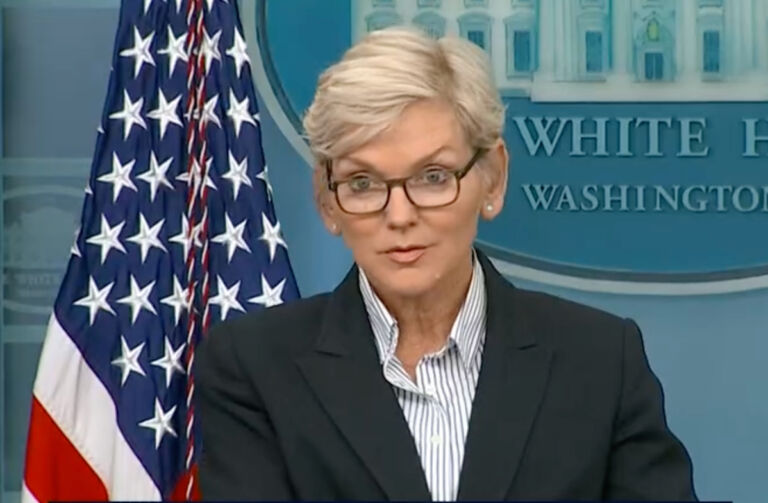In August, Duke Energy filed an updated resource plan with the North Carolina Utilities Commission. The plan featured three possible portfolios, but Duke made it plain that the third portfolio (P3) was its preferred option because it posed lower risks, significantly lower costs than the other options, and greater time for reliable replacement of coal-fired generation.
Resource Additions for Duke Core Portfolio Proposals by 2038, by Proposal and Resource

Source: Duke Energy, “2023 Carbon Plan and Integrated Resource Plan”
Notably, P3 featured the most new nuclear generation, the most new natural gas–fired generation, and — extremely important to protect reliability and keep costs down — zero offshore wind. It would, however, add a significant amount of new solar capacity and battery arrays and some onshore wind capacity. Nevertheless, Gov. Roy Cooper had “ordered” the state to develop 8 gigawatts (GW) of offshore wind capacity, which if followed would spike electricity rates and create significant job losses (not to mention many other bad consequences).
State law requires Duke’s plan to maintain or increase grid reliability while keeping the state on the least-cost path toward “carbon neutrality” (by 2050). It means Duke can’t merely build a bunch of renewable resources and call it job done, with reliability and consumer protections out the window. Duke’s plan acknowledged that the resources replacing coal must also be “equally or more reliable than the resources they replace.” Proposing more new nuclear and natural gas and keeping offshore wind at bay falls in line with upholding grid reliability and keeping cost increases down.
Even in Virginia, solar and wind aren’t reliable, dispatchable resources (but they are expensive)
The only other investor-owned utility to serve North Carolinians, Dominion Power, which primarily serves Virginia, has also filed a new resource plan with the commonwealth’s utilities regulator, the State Corporation Commission (SCC). Like North Carolina, Virginia has a law seeking carbon neutrality in electricity generation (their preferred end date is by 2045). Like Duke, however, Dominion has a need for reliable, dispatchable generation, which cannot be served by renewable resources such as solar and wind. (It can be served by zero-emissions nuclear generation, which is the most reliable and dispatchable resource.)
Reporting for CFACT, David Wojick writes:
Dominion Energy, Virginia’s big electric utility, is telling the State it does not foresee complying with the 2045 net zero power target in the Virginia Clean Economy Act (VCEA). The preferred option in Dominion’s latest Integrated Resources Plan (IRP) retires no fossil-fueled power generators, other than the few old ones that are already in the process of retirement. In fact, it adds a lot more fossil juice.
Up front in the IRP, Dominion puts it this way: “Due to an increasing load forecast, and the need for dispatchable generation, the Alternative Plans show additional natural gas-fired resources and preserve existing carbon-emitting units beyond statutory retirement deadlines established in the VCEA. The law explicitly authorizes the Company to petition the SCC for relief from these requirements on the basis that the unit retirements would threaten the reliability or security of electric service to customers.”
So, in effect, this is a notice to Virginia’s utility regulator, the State Corporation Commission (SCC), that Dominion is prepared to petition for permission to not comply with the net zero power generation mandate in the VCEA.
Wojick explains that Dominion’s plan was prompted by a much larger load forecast. Faced with having to meet “roughly double” the expected load, Dominion “specifically propose[d] not to retire most of their fossil fleet, plus adding almost 3,000 MW [megawatts] of gas-fired generation over the next 15 years.” Dominion also includes a great deal of new solar and (not being saddled with least-cost guardrails as Duke is) some additional offshore wind.
In sum, Wojick writes:
Dominion has 7 million customers in 16 States, so its Virginia no net zero action has much wider implications. Beyond that, it could be a national precedent, so other utilities, States, and interest groups should be watching closely.


